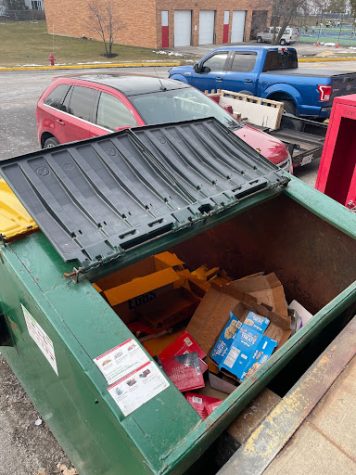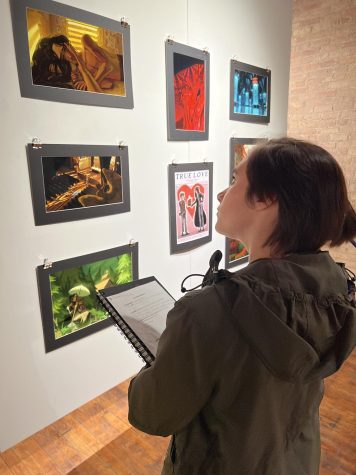School continues equity focus by dressing down the dress code
September 26, 2019
With the school’s focus on equity in mind, second-year Assistant Principal of Student Services Michael Pope turned his attention to the school’s dress code policy.
“There were inequities, especially toward females– and that most dress code violations [were] done by girls,” Pope said.
In noticing this discrepancy, Pope realized the school needed to look at its dress code policy.
“So as equity being one of our primary goals, the best way to become more equitable is you have to look at your policies,” he said.
He found that what the policy told students they couldn’t wear “were for things that girls typically wear.”
“When I struggle to defend a policy, and I really can’t find a reason to have the policy in the first place, I have no problem looking at it and making it better,” Pope said.
The previous policy had restrictions in place related to how much skin could be shown, such as how long clothing items needed to be and how much clothing needed to cover.
“Historically, some of the reasoning for what kids can’t wear is because it distracts other kids, and what I didn’t like, and what most people didn’t like, was that we were legislating what girls could wear based on the reactions boys had.”
Similar to Pope’s thoughts, many students expressed the opinion that the previous dress code was sexist toward the female sex. Students also complained that the previous policy limited one’s freedom of expression.
“Dress codes shouldn’t stop us from flaunting our sense of styles. Silly reasons, such as seeing collarbones or hats promote gangs, is straight up dumb,” Senior Brianna Sierzega said. “I’m super happy that the MHS staff noticed that.”
Similar to Sierzega, Senior Anthony Teslenko found the dress code to be limiting his fellow classmates’ uniqueness that many seek to express in a public high school setting.
“I think prior to the changes made this year, kids felt really restricted, and even though they were small things, they were still being restrictive on how kids wanted to express themselves,” Teslenko said.
A major appeal to both sexes was the adjustment to the hat policy. Prior to this school year, students were not allowed to wear a hat in any manner if they were within the school building. However, with the new changes, that policy ceases to exist.
“The elimination of ‘no hats’ has let me dress how I truly dress outside of school,” Sierzega said. “I always have a beanie on my head even when it’s not cold.”
For many students, hats are a way for them to express their styles and interests or even just to cover up a bad hair day.
While many express approval for the new dress code, some have expressed the concern that it is now too lenient.
“We’re going to have to get past people’s personal feelings about how we should dress,” Pope said. “People have other opinions.”
The goal of the policy was to make students feel more comfortable in their school environment.
“I want to take away every barrier that kids have for [not] coming to school,” Pope said. “I want kids to feel safe and comfortable at school, and [the previous dress code] was another way that kids didn’t feel comfortable.”
For some students, the discomfort came from a sense of inequality in the dress code.
“In general, we were telling girls what they could and couldn’t wear because of how the boys would react to them,” Pope said. “That’s not the girls’ problem; that’s the boys’ problem.”


